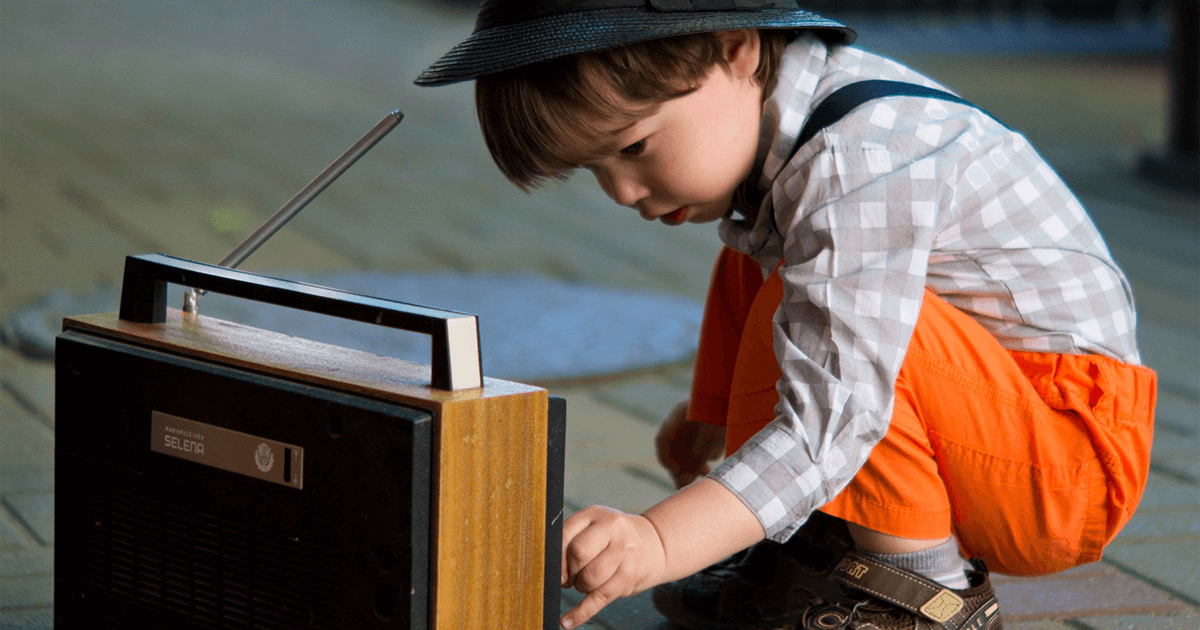The Slices Are Getting Smaller




The UK is experiencing a digital radio revolution with the rollout of SSDAB and DAB, which will bring hundreds of new stations but also smaller slices of the pie for individual stations due to the increased competition. The average cost of carriage on an SSDAB multiplex is currently £730 per thousand people for community radio station license holders and £1,775 for commercial radio operators. While the number of radio listeners is consistent with 9 in 10 people saying they listen to live radio at least once a week, the total hours of live radio listening have declined from 75% in 2017 to 63% in 2022. The future of DAB's utility is uncertain, but the radio industry is encouraged to work closely with 4G/5G mobile operators. Radio stations need to focus on promoting their internet streams on social media to increase their slice of the pie. The strength of activity on social media will become increasingly important for radio stations, and tools like Live Drive can help automate social media content and earn revenue from it.
The rollout of SSDAB (Small Scale DAB) over the next few months and years will see many hundreds of new stations popping up all over the country.
In the government report “Digital radio and audio review” [1] the case was made for digital platforms like SSDAB and DAB over and above FM and AM. While the exodus of AM has been going on for some time, the report suggests FM’s broadcasting as we know it is likely to only exist for 7 years at which time listening to FM stations will be down to 25% of what it is today. This would surely trigger the long-awaited government sponsored ‘switch off’ of FM broadcasting in the UK.
Overcoming the spectrum limitation of the ‘FM band’ (VHF Band II) and increasing the supply of digital platforms like DAB and SSDAB will reduce a lot of the regulator’s read-tape. This means getting a station on-air becomes only a matter of finance. If you have a great idea for a radio station and can fund it, there should be nothing stopping you giving it a go.
Our survey in March 2023 showed the average monthly cost of carriage on a SSDAB multiplex is around £730 per thousand people for community radio station license holders, and £1,775 for commercial radio operators [2]. It’s likely that these costs will come down as the market matures.
The number of listeners isn’t growing, at least by some calculations, it is consistent with 9 in 10 people saying they listen to live radio at least once a week [3]. Listeners have more choice as more stations come on air which is great for them. Not so good for single radio station operators because the slice of the pie just gets smaller. This erosion of ‘reach’ coincides with a steady decline in total hours which people listen to live radio. It was 75% in 2017 and down to 63% in 2022.
It's difficult to imagine at this time exactly when or how DAB’s utility will diminish and it go the same way as AM and FM, but it may not be too far into the future. In 2022 the UK government commissioned a study, the summary of which encourages the radio industry to work more closely with 4G/5G mobile operators. [1]
We don’t need a crystal ball to see the direction of travel, and crucially how focusing radio station distribution to the internet means the slice of the pie for independent radio stations is going to get even smaller.
Of course, audio delivered over the internet isn’t new, there are already 100,000s of stations and millions of podcasts to choose from. Hence creators of ‘garden walled’ Apps like BBC Sounds and others from the commercial radio sector are pumping money into their Apps and content. The goal is to encourage people to stay within their ecosystem and continue interacting with their branded content. This is great for radio programmers, advertisers and for gathering data.
It stands to reason that once a user is locked into a radio player then they’re much more likely to choose from the ‘garden walled’ content than go searching elsewhere.
Fundamentally people tend to stick with the path of least resistance – we are biologically resistant to change. So how to you get people to click, subscribe or listen to your station when there are thousands to choose from?
One way is to promote your internet streams on your broadcast radio station - let’s move swiftly past the irony of that!
The next logical to place for promotion is of course on the internet and specifically social media. After all, if users are online already, they’re just one click away from listening to your station. Amazingly, a poll of UK stations showed that while nearly every radio station has at least a Facebook page and Twitter account, less than a 20% were considered active on Facebook, even less on Twitter. [4]
Thankfully being active on social media and using it to promote your station is a very level playing field. Big budgets aren’t required to produce amazing social media content, gain followers and encourage users to listen to your radio station. As your following grows so does the value of your social media and the easier it becomes to successfully promote your station.
The bottom line is, your slice of the radio listener pie will become significantly more dependent on the strength of your activity on social media.
If you want to increase your social media output and automate content, then Live Drive is here to help you. Using Live Drive, you can automate your social media and create sponsored content enabling you to earn revenue from your social media 24/7. Follow the link to discover more.
[1] Digital radio and audio review: https://www.gov.uk/government/publications/digital-radio-and-audio-review/digital-radio-and-audio-review#chapter-6----future-radio-distribution-and-coverage
[2] Source: MonogramMedia.co.uk Community Digital Sound Broadcast Licence holders. Bandwidth 48Khz, DAB+.
[3] Media Nations Report-2022 https://www.ofcom.org.uk/__data/assets/pdf_file/0016/242701/media-nations-report-2022.pdf
[4] Source: MonogramMedia.co.uk. Activity monitoring March 2023.